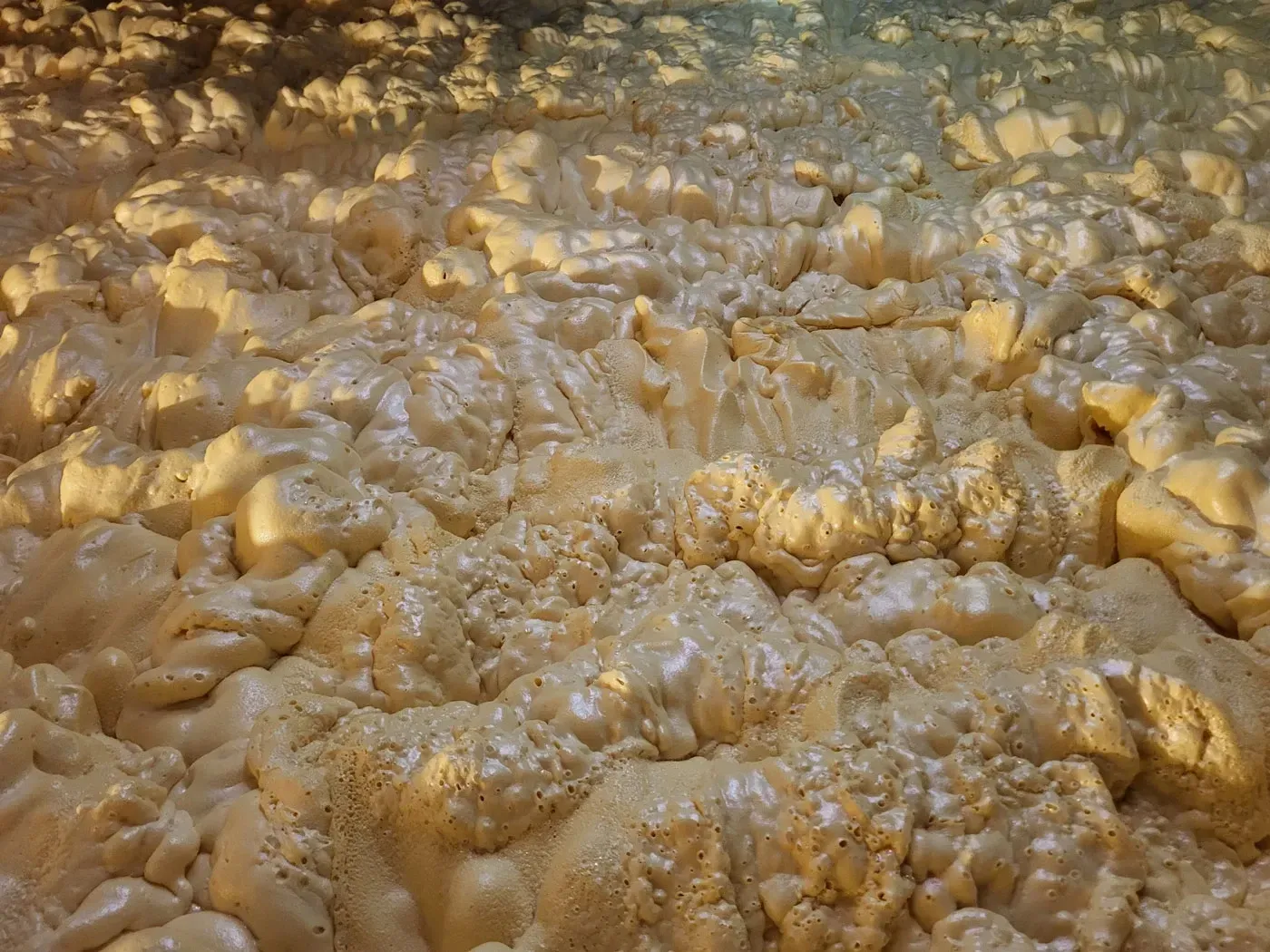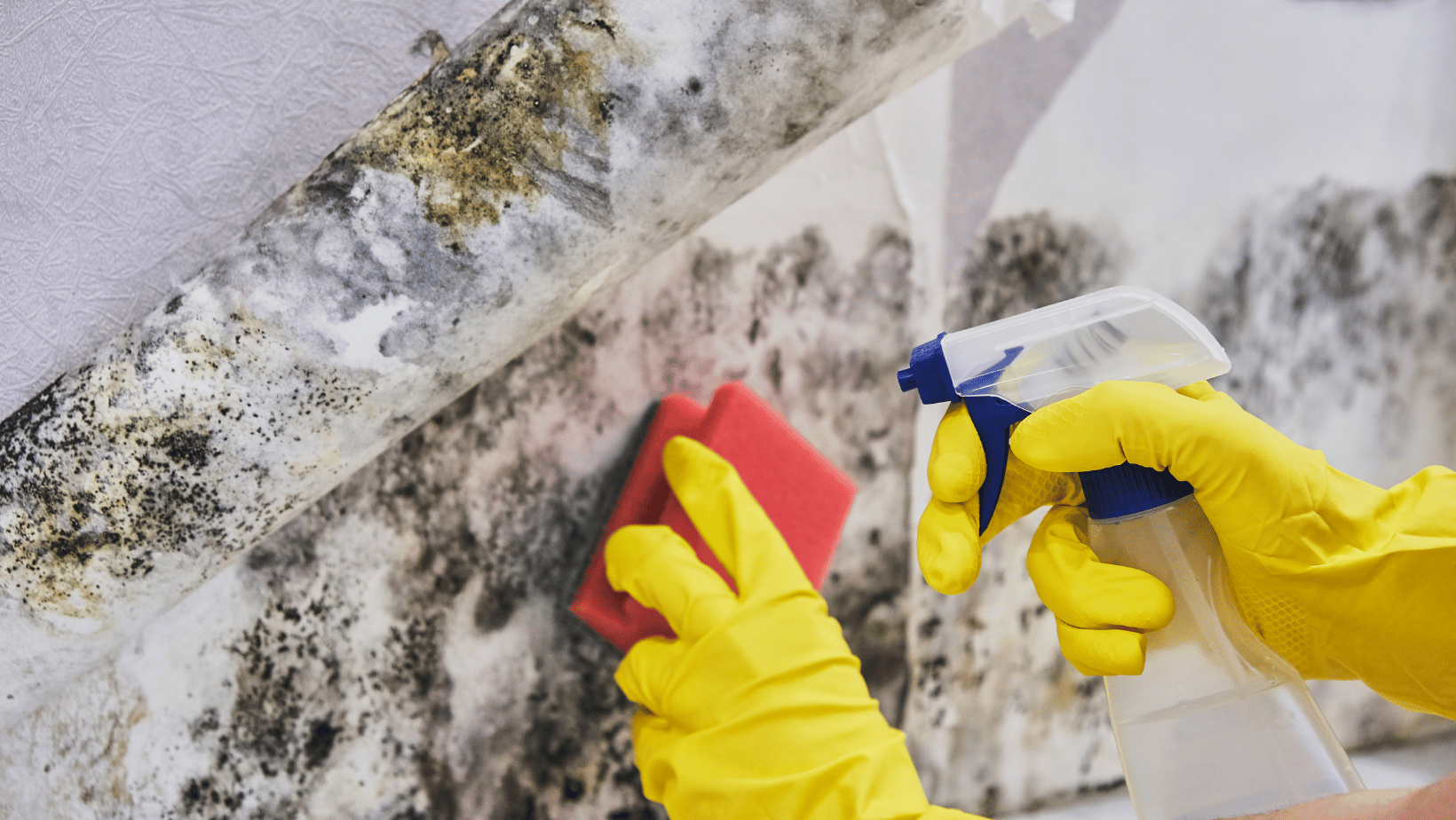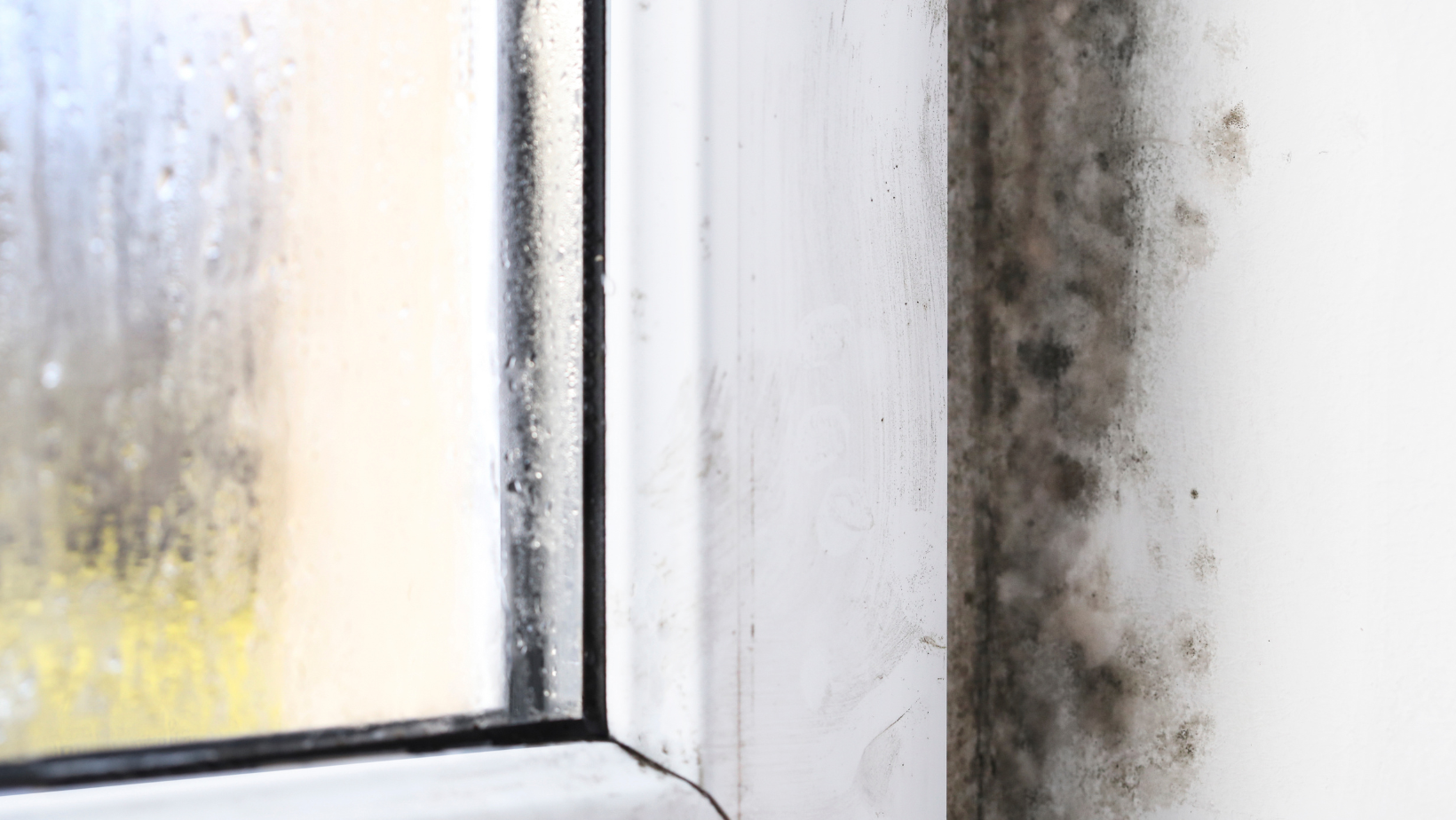Mold on Insulation: An Unseen Danger and its Implications

In communities across Louisiana, including Baton Rouge, Mandeville, Ville Plata, and Lafayette, the unnoticed threat of mold growth on insulation has become a growing concern. Despite its often-unseen presence, mold proliferation on insulation in Mandeville, LA holds deep ramifications, threatening the structural soundness of homes and the health of its occupants. The occurrence of mold on insulation, predominantly in wet and humid climates like Mandeville, amplifies the risk of structural damage and health-related issues.
Decoding the Triggers: Mold Growth on Insulation in Mandeville, LA
Insulation subjected to damp and humid conditions sets up a perfect habitat for mold spores to flourish. This is particularly applicable for porous insulating materials such as fiberglass and cellulose, capable of trapping moisture and providing organic matter that mold can utilize.
Nevertheless, moisture alone does not fuel mold growth. A combination of conditions together transform insulation into an optimal site for mold propagation:
- Elevated levels of humidity
- Consistent temperatures (60-80 degrees Fahrenheit)
- Availability of oxygen
- Extended period in conducive conditions
Given ample time in these surroundings, mold colonies can establish themselves and commence causing issues.
Grasping the Consequences: Health and Structural Impact
The invasion of mold in a home's insulation in Mandeville can trigger various health problems for its residents. Allergic reactions like sneezing, skin rashes, and irritation of the eyes, nose, or throat are most common. More serious reactions could lead to asthma attacks. Moreover, exposure to certain mold strains like Aspergillus and Stachybotrys (widely known as "black mold") can result in more severe health conditions such as pneumonitis and mycotoxicosis.
Structurally, mold can inflict considerable damage over time. As mold proliferates on or within insulation, it can start to decompose the material, diminishing its effectiveness. This could result in escalated energy costs and the potential for further mold growth in different areas of the home. In extreme cases, mold can inflict significant damage on the home's structural elements including:
- Wooden frames
- Drywall
- Paint
- Flooring
If not addressed, these damages can lead to hefty repair costs and depreciate the overall value of the home.
Interpreting the Indicators: Mold Detections in Mandeville, LA
Detecting mold on insulation in Mandeville can be a challenging task due to insulation's often concealed placement within walls, ceilings, and floors. However, certain signs might suggest a mold issue. A persistent musty odor is frequently the first hint, especially if it's more potent in specific areas of the home.
Visible signs of mold on insulation may include noticeable growth or discoloration on walls and ceilings, suggesting a larger hidden colony. Another symptom is enduring dampness or water damage in certain areas, supplying the moisture required for mold growth.
Regrettably, these signs often point to a substantial mold problem. If mold is visible or its smell is apparent, the extent of growth is likely significant, necessitating a professional mold inspection in Mandeville, LA.
Addressing mold on insulation in Mandeville can be intimidating, but with a comprehensive understanding and an apt response, it's achievable to successfully manage the issue. By understanding the causes and effects, homeowners can take preventive steps to ensure a healthy, mold-free living space. This includes regular mold inspections in Mandeville, LA, adhering to preventive measures, and securing professional mold remediation services as required. Maintaining such vigilance is equally important for homeowners in neighboring regions like Baton Rouge, Ville Plata, and Lafayette, promoting healthier homes across Louisiana.
You might also like
DryMax Mold Blogs




